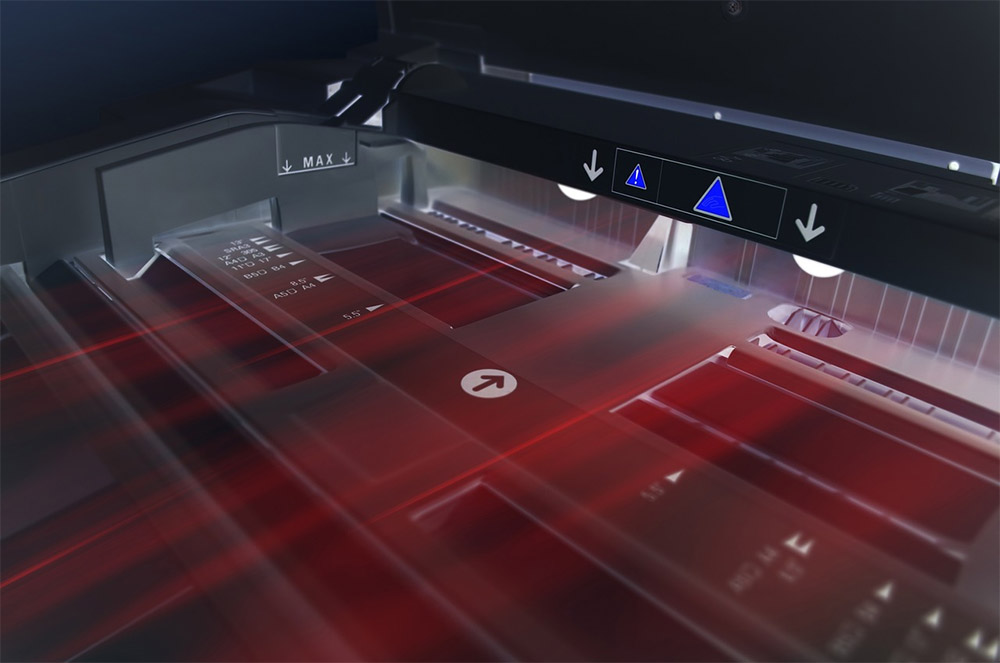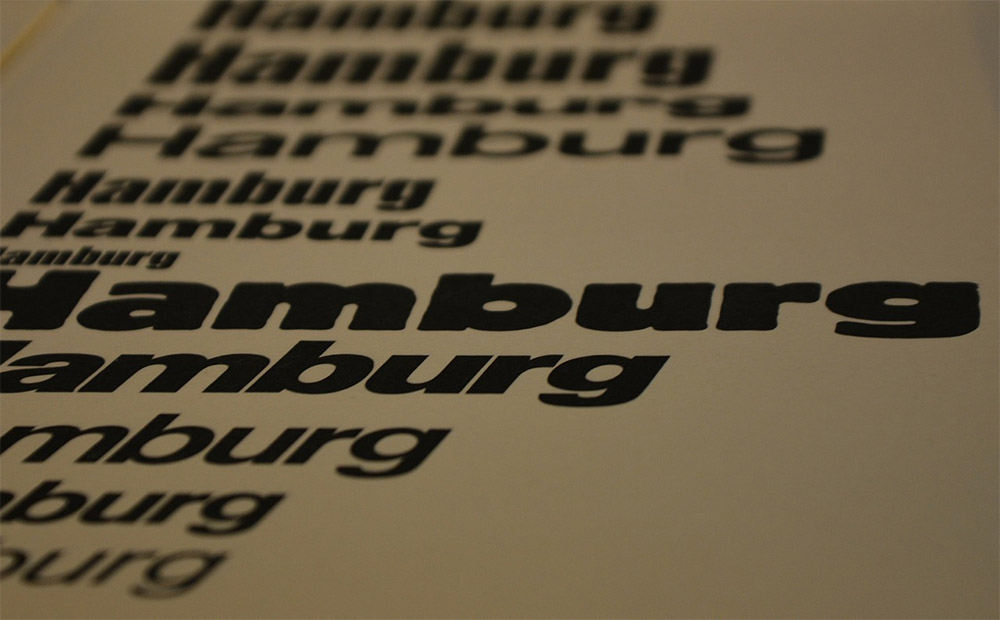The world of retail sales is extremely competitive, and getting the attention of your potential clients and customers can be somewhat tricky. Creating visually appealing marketing materials can be a great way to engage to not only attract the right customers, but also in retaining those clients. Custom printed posters is an easy and affordable way to make sure you’re getting the right people’s attention. Large format printing in Denver is a well-known way to get the right message across, and be memorable while you’re doing it.
Having these printed materials is one thing, but putting these dynamic visuals around your retail space can transform your branding identity, reinforce your messaging, and boost your overall sales. There are a lot of benefits to using large format printing, and there are tactics to employ to ensure that they deliver maximum impact for your business.

Benefits of Custom Printed Posters
In today’s digital age, there are a million ways for businesses to advertise and get their message out to the masses. Compared to most of these other advertising mediums, posters are a highly affordable option that still can deliver a big impact. They’re easy to produce in bulk and can easily be updated frequently. That keeps your messaging fresh and stays ahead of current trends. Unlike complex digital signage, posters don’t require any complex or technical setup. Print the poster, frame it, and then display it where it’s needed without any extra fuss.
This versatility also makes posters a great option for a variety of purposes. You can use these large format printed materials to showcase promotions you may be putting on, highlight seasonal products, or even simply reiterate your messaging by using the posters to decorate your retail space. Custom posters also provide a great canvas to display your brand’s colors, fonts, and imagery. This helps you create a cohesive and memorable visual identity that will stay with your clients.
Proper Placement Increases Impact
The imagery and message of your poster is obviously important, but that is all for nothing if they are put in the right places. Proper placement of your custom printed posters plays a critical role in their effectiveness. If you have windows in your storefront, use these posters to entice those passing by with eye-catching visuals and other compelling offers. A well-placed poster can turn window shoppers into loyal customers that keep coming back. Greet customers with posters in your entrance areas to set the tone for their shopping experience. This is a great chance to highlight the personality of your brand.
Position posters near the checkout counters to encourage shoppers to make impulse purchases. The posters don’t just have to be about products, however. You can also use them to remind them of loyalty programs or to advertise any special promotions. Posters can also provide additional context to your merchandise in the form of tips on how to use the products more effectively, benefits of a particular product, or to list products in your line that complement each other. Another key tactic is to identify high traffic areas or spots where customers tend to linger – like fitting rooms or other waiting areas. Put posters in these areas to get more engagement.
Design Effective Posters
Careful attention to design is a critical part of creating a custom printed poster that will resonate with your audience. Paying attention to the overall look is one thing, but clarity in your messaging is just as important. Use concise messaging to deliver your message. Pairing that with bold visuals is a great way to make sure that your posters will be easily understood with a simple glance. Be sure to stick to your branding. Make sure those visuals have your brand’s colors, fonts and logo to maintain consistency across all of your marketing materials.
Make sure you don’t have grainy or pixelated images – particularly if the poster is of larger size. Images that look out of focus or not rendered properly give off a vibe of unprofessionalism. It’s crucial to invest in high-resolution visuals to make sure your message (and overall look) is crystal clear. Your poster should also have a defined structure and hierarchy. Place the most important information at the top of the poster or have larger font sizes for the critical information. It’s also important to encourage customers to take the next step – whether it’s visiting a particular part of your store, scanning a QR code, or even engaging with you on social media.
Incorporating Technology
Everybody carries around a phone, meaning they’re taking their technology with them where ever they go. Take advantage of that. Custom printed posters can go far beyond the static visuals on the paper by incorporating a variety of interactive elements. QR codes are one of the best examples of this. Adding codes to be scanned can link your customers to online stores and product videos, or they can get them access to exclusive promotions. This is a simple way to get engagement with your clients while encouraging them to interact with your custom poster.
Posters are a great way to get the word out about your social media platforms, as well. Most businesses have a presence on social media. Whether it’s posting reels on Instagram or simply updating through FaceBook – this is a fantastic way to reach more and more people. You can use your large format prints to encourage your customers to share their experiences or testimonials by using your store’s specific hashtag, or by tagging your social media handles. Having these easily read on posters can create even more engagement.
Measure the Overall Impact
Some of these technological advancements can also go a long way in helping you uncover if the marketing message on the posters are driving the desired results. This is an important part of the overall process because it ensures that you’re marketing to the correct audience. You can use a number of methods to track these results. If you’re implementing your social media accounts or using QR codes, monitor how many clicks or views you’re getting from the respective places.
You can also use more traditional means of tracking how well the posters are working. Ask all of your customers how they learned about the information on the posters – particularly if it’s regarding a specific promotion, sale, or product. This will tell you the most impactful areas of your marketing so you can tailor the rest to it. Analyze the sales data before and after displaying the new poster can really help gauge its effectiveness. Try to observe any changes in your customer behavior – such as increase visits to the areas of the store you promoted with your posters.
Shift Seasonal & Thematic Posters
One of the most effective ways to keep your retail space fresh, updated, and engaging is to rotate the message on your posters. You can do this for different holidays, the changing of the seasons, or if there is a specific theme you want to market your products through. Seasonal changes are amongst the most popular ways to change your outlook. Highlight products on your posters that align with the current season, such as summer apparel or winter outdoors activities. You can also celebrate any holiday with posters that reflect the festive spirit. This can be a great way to promote relevant products or deals – particularly if you have common deals like Black Friday specials, promotions around Halloween, or any other festive time of year.
Most businesses want to leave a lasting impression on those that live in the same community, so be sure to keep your finger on the pulse of what’s going on locally. If your store participates in community events, create posters that tie into local themes to build rapport with your audience. Be sure to use bold designs to advertise these types of sales, as this can make sure that your customers won’t miss out on any special offers.
Focus on Sustainability
As consumers become more and more eco-conscious, it’s important that businesses follow suit. Incorporating sustainable practices into your retail space is vital – particularly if you’re going to be changing and updating your posters to stay current. There are a few ways to make sure that you’re being eco-friendly in the process, starting with using recycled paper and biodegradable printing materials – if possible.
One of the easiest ways to be more sustainable is to be mindful of the posters you’re creating. Design posters that can be reused for multiple events. If you have the same sale on the same weekend every year, create a poster that has evergreen language so it can be used for years to come. The easiest way to get customers’ attention is by sticking to your message, and making sure they understand that message is meant for them. Large format printing like posters is a great way to get there. For more information on how custom posters could help your business, reach out to the experts at Cottrell Printing today.
.png)
